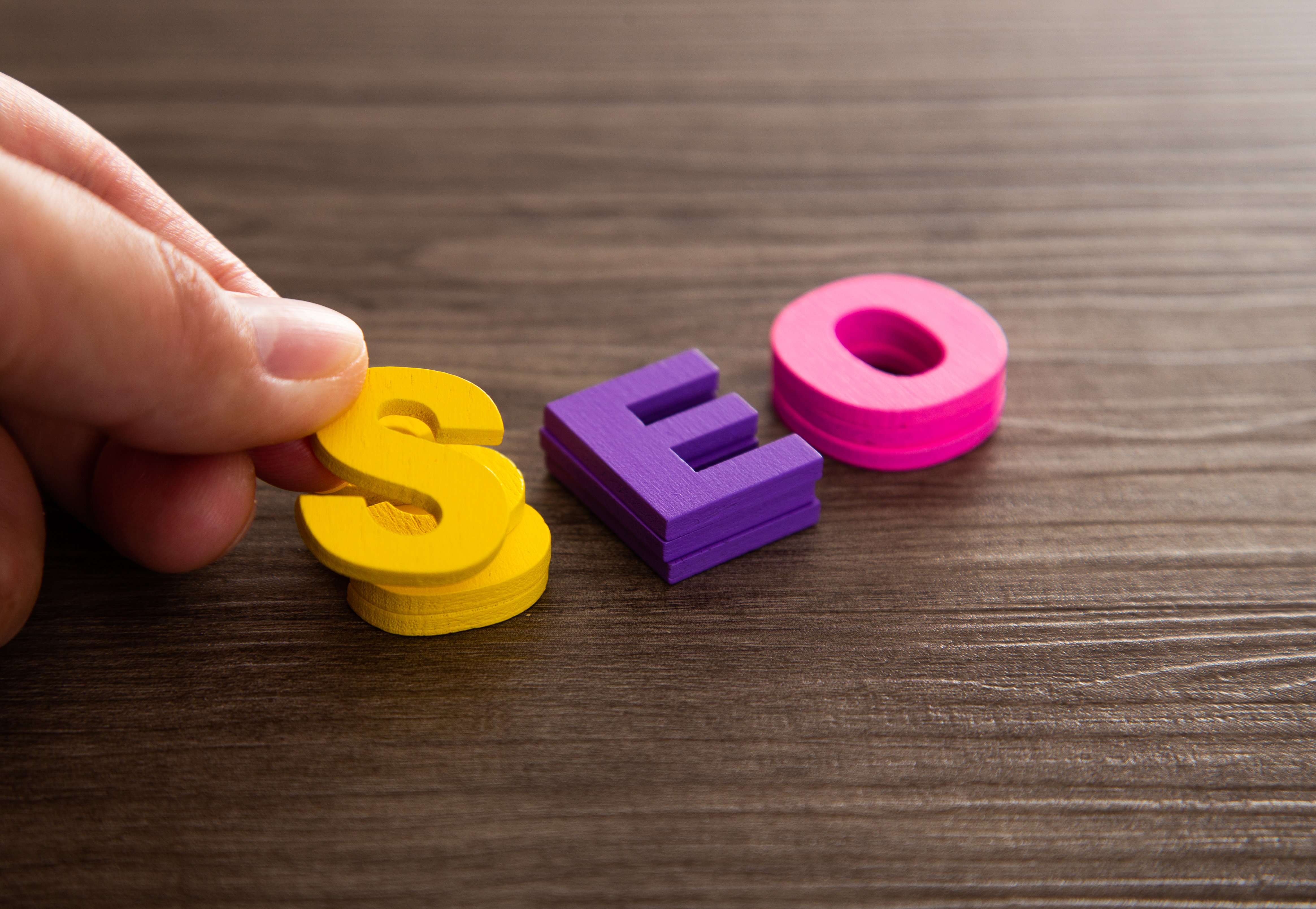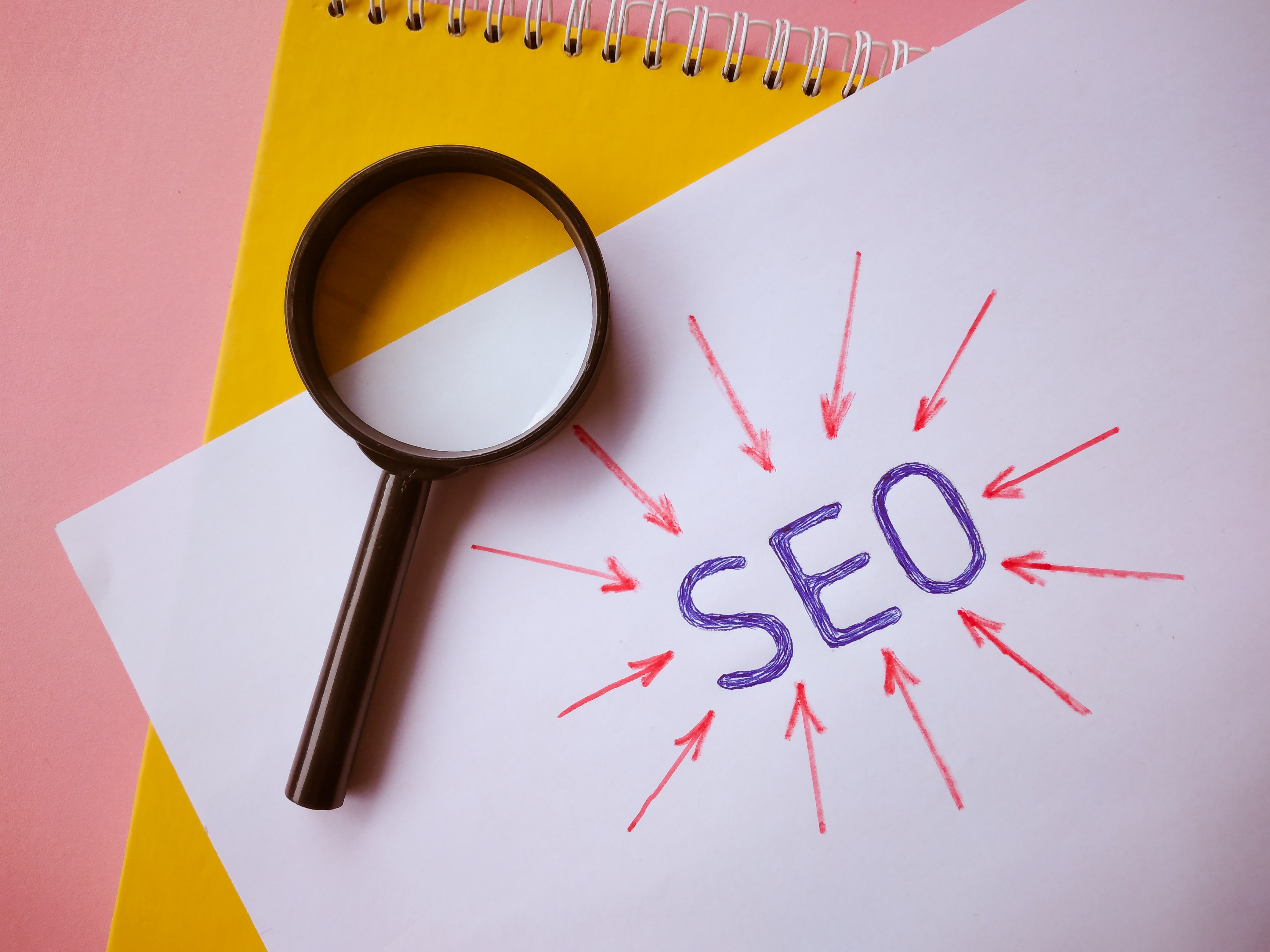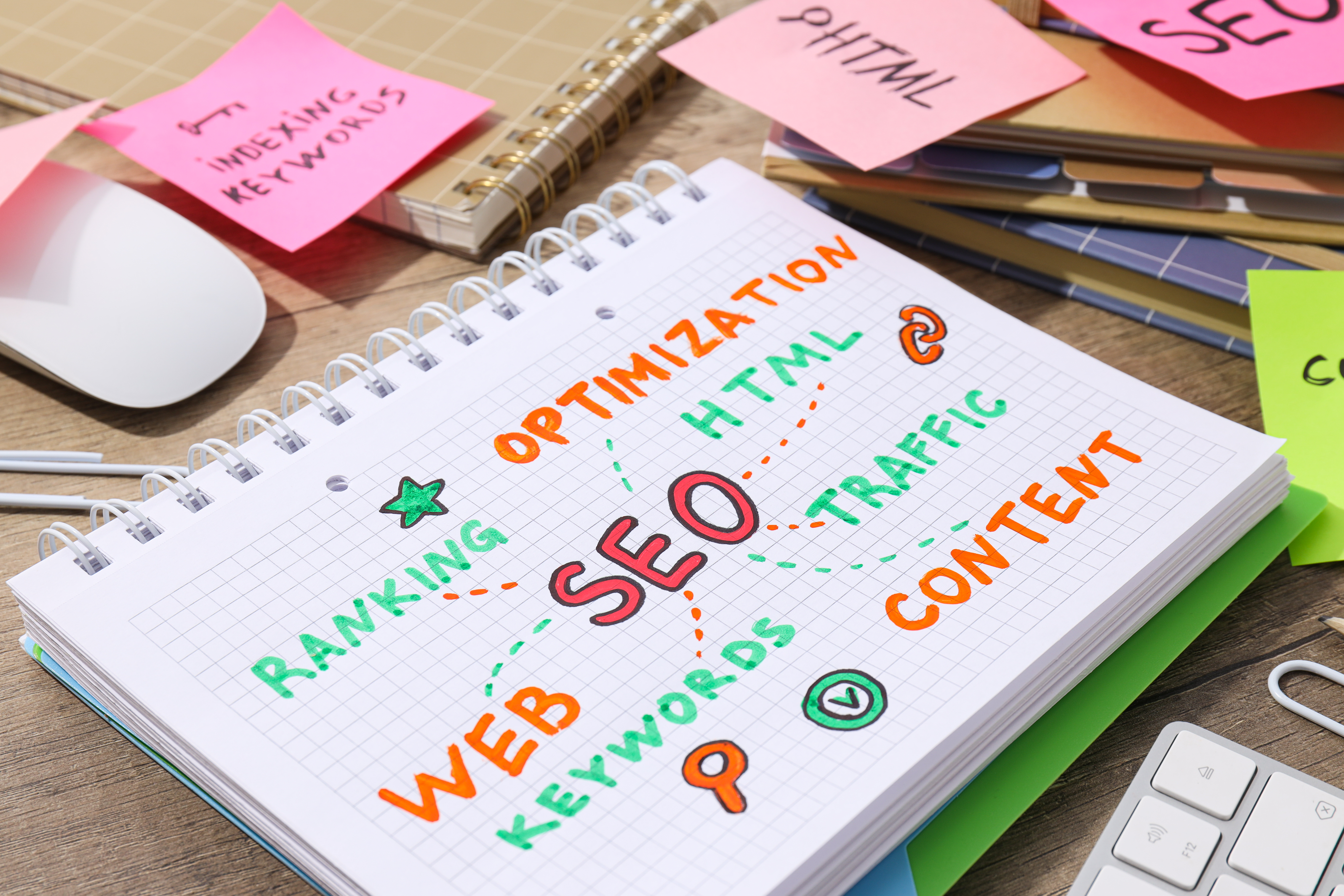13 min read
7 min read
Discover How On-Page SEO Can Improve Website Usability
Jeremy Wayne Howell
:
Jul 15, 2025 9:53:43 AM

Table of Contents
Key Highlights
-
On-page SEO is an essential part of search engine optimization, improving website usability and delivering a superior user experience.
-
Using techniques like optimized title tags, meta descriptions, and header tags makes web pages clear and easy to navigate for users and search engines alike.
-
Strategically placed internal links reduce bounce rates by guiding visitors to engaging, relevant content.
-
Faster page loading speeds and mobile optimization promote satisfaction among users and boost search engine rankings.
-
High-quality content tailored to user intent supports better conversions and drives more organic traffic.
-
Implementing effective on-page SEO techniques increases visibility in search engine results, enhancing online presence.
Overview
Have you ever wondered how on-page SEO could transform your website into a user-friendly and high-performing digital space? On-page SEO fine-tunes your website’s usability, ensuring that visitors enjoy a seamless experience.
By aligning technical optimization with search engine algorithms, websites gain improved visibility and engage users more effectively. From faster page speeds to user-focused content, on-page SEO not only boosts your rankings but also elevates user experience.
Ready to uncover how these practices can revolutionize your site? Let’s explore!
Understanding On-Page SEO and Website Usability

The interplay between on-page SEO and website usability often determines the success of your website’s search rankings and user satisfaction. On-page SEO involves optimizing individual web pages to appear more prominently in search engines, while website usability ensures that users can navigate and engage without frustration.
Combining the two provides a robust foundation for an effective search engine optimization strategy. Poor usability can diminish the impact of SEO efforts, but the right on-page tweaks create a harmonious balance between technical precision and user-friendly functionality.
Defining On-Page SEO
On-page SEO revolves around actions taken directly on a website to improve its rankings on search engine results pages (SERPs). Focusing on elements like the website content, meta tags, and title tags, it ensures that search engines understand your site's purpose and structure.
By optimizing content, meta tags, and title tags, on-page SEO enables search engines to identify the relevancy of your web pages. For instance, placing keywords strategically in headers and meta descriptions signals the site's offerings to search engines while enriching user interaction.
Additionally, on-page SEO isn’t just about the technology; it's also about user engagement. Content must be valuable and resonate with audience intent, while aspects like URL structure and internal links improve navigation. Effective on-page SEO lays the groundwork for better rankings, organic traffic, and enhanced usability.
What Is Website Usability?
Website usability focuses on your site’s ability to deliver a seamless user experience. This includes intuitive site navigation, accessibility on mobile devices, and functionality that meets audience needs.
Imagine visiting a site that loads slowly or has clunky navigation—chances are, you’ll leave quickly. Good usability prevents this, enabling visitors to find what they need quickly. Ensuring accessibility for mobile users is critical, especially as mobile traffic dominates the digital landscape today.
Ultimately, website usability is about crafting an environment where users feel empowered and engaged. It complements on-page SEO strategies to create a user-friendly and navigable site that satisfies visitors and search engines alike.
The Relationship Between On-Page SEO and User Experience
On-page SEO and user experience work hand-in-hand to elevate website performance. SEO elements like logical URL structures and keyword-rich meta descriptions improve visibility, while user experience aspects ensure smooth interactions with the site.
When executed strategically, on-page SEO shapes a site that both search engines and users love. A well-optimized site not only ranks higher but also provides relevant content and effortless navigation. By bridging usability gaps, on-page SEO unlocks the full potential of an exceptional user journey.
How SEO Elements Influence Site Navigation
Site navigation plays a pivotal role in user experience, and it is heavily influenced by key SEO elements. Internal linking allows users to explore relevant content and enhances SEO by aiding search engines in crawling your pages more effectively.
A well-organized URL structure also makes navigation more intuitive. URLs packed with relevant keywords offer clarity to users and search engines alike, highlighting your page’s content purpose.
SEO practices, such as logical internal links and clean URL structures, ensure effortless navigation, leading to stronger user engagement and better rankings.
Enhancing Accessibility for All Users
Accessibility guarantees that your website accommodates all users, regardless of abilities or devices. Key on-page SEO practices make your site more inclusive and efficient:
-
Alt Text: Adding alt text to images improves understanding for visually impaired users and bolsters search engine rankings.
-
Optimization for Mobile Users: Design responsiveness ensures seamless access across smartphones and tablets.
-
Flexible Navigation: Well-structured menus and links make exploring content simpler.
-
Page Speed Adjustments: Faster loading times enhance the accessibility experience for users on slower networks.
By improving accessibility in these ways, your website creates better user experiences and benefits from improved search engine visibility.
Key On-Page SEO Elements That Impact Usability
Several on-page SEO practices directly influence usability. When web pages are aligned with user needs, they become more effective at delivering seamless interaction and better conversions. Title tags and meta descriptions provide clarity, giving users an immediate sense of relevance in search engine results.
Other critical factors include page loading speeds and structured URLs, which simplify exploration. By focusing on these usable elements, your SEO efforts foster meaningful user journeys and improved rankings.
Title Tags and Meta Descriptions for Clarity
Title tags and meta descriptions are integral to both SEO and usability. A title tag highlights the essence of a web page, appearing in search results as clickable text, while the meta description offers a brief preview.
Using relevant keywords in title tags ensures clarity while strengthening a page’s search engine rankings. Similarly, meta descriptions guide users by addressing their search intent, making them more likely to click.
When optimized properly, these brief elements structure the user journey, ensuring engagement right from the search engine results page.
Header Tags for Structured Content
Header tags (H1, H2, etc.) serve as the backbone of structured content, dividing text into digestible sections. These improve readability and ensure that your content aligns with SEO practices.
Search engines require logical structuring to interpret a web page’s relevance. Using header tags appropriately not only enhances your content’s discoverability but also provides users with clear pathways to navigate large blocks of text.
This cohesive structuring ensures your web pages balance both user needs and SEO goals, fostering better usability and visibility.
Optimized URLs for Easier Browsing
Optimized URLs are fundamental for streamlined browsing. When URLs include relevant keywords and maintain simplicity, they provide clarity about the content of the page.
Search engines favor URLs that highlight purpose and integrate seamlessly within a well-structured website. For example, structured URLs like “website.com/content/topic” enable quicker indexation and offer users immediate context.
Incorporating optimized URLs into your on-page SEO strategy simplifies navigation for visitors while enhancing your pages’ overall ranking potential.
Creating High-Quality, User-Focused Content
Quality content connects your website to its intended audience. Strive to provide relevance by delivering valuable information tailored to user expectations. User-focused content addresses search intent, making it pivotal for engagement and higher SEO rankings.
Content should not only resolve queries but also encourage further exploration. Great content paired with clarity ensures readers find what they’re seeking—and keep returning.
Relevance and Depth of Information
To appeal to your audience, your content must be in-depth and relevant to their searches. This goes beyond surface-level answers; users seek substantial and valuable information.
Effective on-page SEO focuses on matching user queries with engaging, detailed responses. Incorporating target keywords intelligently helps position your website as a reliable resource.
Delivering both depth and relevance not only earns user trust but also establishes your credibility with search engines—driving traffic and boosting rankings.
Keyword Placement for User Intent
Keyword placement is a cornerstone of addressing user intent. By researching and strategically embedding relevant keywords, your content aligns with search engines and audience needs.
Placing keywords thoughtfully—within headers, meta descriptions, and throughout the body of content—enables better indexation and clarity. Use long-tail keywords to refine content relevance, catering more directly to user searches.
Optimized keywords provide your pages with improved rankings while enhancing the visitor experience. Striking this balance supports both usability and SEO goals.
Improving Site Speed and Mobile Friendliness

Slow websites leave users frustrated. With mobile devices accounting for most traffic today, optimizing site speed and responsiveness is critical for usability and SEO.
Quick-loading pages and seamless mobile designs ensure happy, engaged visitors. Efforts to increase speed and mobile friendliness also elevate search rankings, making your website more accessible and competitive.
Page Load Time and Its Effect on Retention
Page load speed has an immediate impact on user retention. Faster loading pages increase satisfaction, while delays can lead users to abandon a site entirely.
|
Page Load Speed |
Impact on Retention |
|---|---|
|
Under 2 seconds |
Users likely remain; boosts interaction |
|
3-5 seconds |
Higher bounce rates; reduced engagement |
|
Over 5 seconds |
Most visitors exit; sharp decline in user experience |
Addressing load times ensures better user experiences and improved rankings.
Mobile Optimization for Seamless Access
Mobile optimization is no longer optional—it’s a necessity for better user engagement. Responsive design adapts layouts to various screen sizes, ensuring functionality remains intact.
SEO efforts focusing on mobile users guarantee improved rankings, as search engines prioritize accessible sites for device-diverse audiences. Designing mobile-friendly pages sustains retention while encouraging broader visibility.
Internal Linking Strategies for Better Usability
Internal linking bridges connections within your site, supporting navigation and engagement. Logical links guide visitors efficiently, preventing abandonment tied to frustration.
These links serve a dual purpose: enhancing user flow while distributing link equity for SEO. Coupled with great usability, internal navigation becomes a focal point for higher interaction rates.
Logical Linking to Guide Visitors
Internal links crafted strategically improve user engagement across your site. Logical navigation keeps users connected to relevant pages, reducing bounce rates.
Users rely on logical linking to explore content intuitively. Links pointing to related posts, services, or insights enhance trust while elevating SEO rankings. By organizing links smartly, you elevate both usability and search performance.
Reducing Bounce Rate through Smart Navigation
Smart navigation minimizes bounce rates by making exploration effortless. SEO-friendly elements—such as breadcrumb trails and well-placed internal links—reduce frustration.
Lower bounce rates signal stronger relevance to search engines. By focusing on engaging navigation, you improve user retention and climb higher in search rankings.
Final Thoughts
In conclusion, optimizing on-page SEO is essential for enhancing website usability and ensuring a positive user experience. By focusing on key elements like title tags, optimized URLs, and high-quality content, you can significantly improve navigation and accessibility for your audience.
Moreover, ensuring your site is mobile-friendly and loads quickly will keep visitors engaged and reduce bounce rates.
Investing in smart internal linking strategies will further guide users effectively through your site. Ultimately, the more user-centric your approach, the better your chances of not only elevating your search engine rankings but also crafting a website that meets the needs of your visitors.
If you're ready to take your website to the next level with enhanced on-page SEO and a superior user experience, contact The Way How today.
Frequently Asked Questions
Crucial factors include title tags, meta descriptions, keyword optimization, page speed, and mobile optimization.
These elements work together to ensure user-friendly navigation, content relevance, and satisfaction, directly impacting your site’s performance.
Yes, better usability often leads to higher rankings as search engines reward websites that prioritize seamless user experiences.
Reduced bounce rates, increased engagement, and organic traffic result from optimizing usability effectively.
Want to Learn Something Else?

7 min read
Understanding How Page Speed Impacts SEO Strategies

8 min read


